Ever felt like you’ve studied all night for an exam, only to realise the questions were on a completely different topic?
That’s how it feels when your visa application gets hit with a 214b rejection. What is a 214b visa rejection, you ask? It’s the dreaded stamp that can make your dream of studying abroad feel as distant as scoring full marks on that surprise Maths test.
American universities continue to attract a significant number of Indian students. Last year, the US consular team in India issued over 1,40,000 student visas, more than any other country, setting a record for the third consecutive year. While this means your chances of getting rejected are low, it’s still important to be prepared in case of a 214b visa rejection.
Don’t worry, you’re not alone! Many students fear and face this hurdle. The good news? Understanding what is a 214b visa rejection and how to work around it can get you back on track faster than a Mumbai local during rush hour.
So, dive in and turn that rejection into a stepping stone to your academic adventure!
Choose your dream country
When do you want to study abroad?
What's your highest level of education?
Select you current city
How Leap will help you
Personalised University Shortlist
Express Applications with Quicker Admits
End-to-End Application Support
Key Highlights
Understanding what is a 214b visa rejection is crucial for addressing and improving your application.
Here are the key highlights covered in this blog.
| Key Aspect | Details |
| Common Reasons for 214b Rejection | Weak home-country ties Financial proof issues Unclear travel intentions |
| Myths Around the 214b Rejection | 214b Rejection is Permanent Only About Financial Proof Denial Means No Future Visits |
| Reapplication Timing | 3 business days (best to wait 3 to 6 months) |
| Visa Application Fee (MRV Fee) | Approx. INR 13k (USD 160) |
| The Student and Exchange Visitor Information System (SEVIS) Fee | INR 29k (USD 350) |
| Visa Processing Time | 8 to 13 weeks |
What is a 214b Visa Rejection?
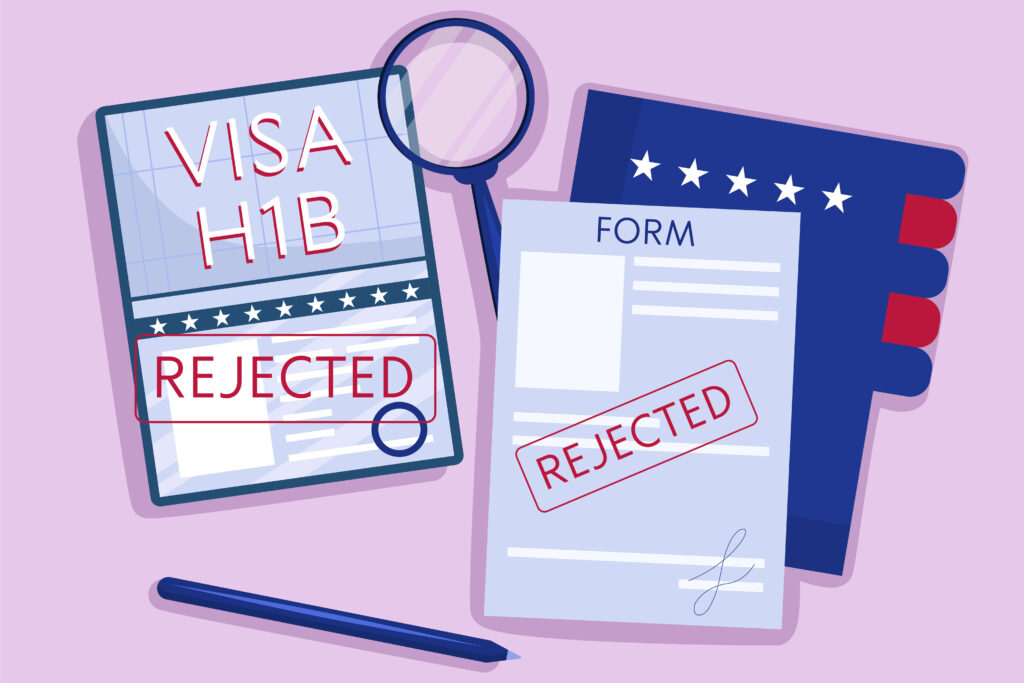
A 214b visa rejection is a clause under the Immigration and Nationality Act (INA) of the United States. It allows consular officers to deny your visa application if they believe that you do not meet the necessary criteria for that visa category.
The legal foundation of what is a 214b visa rejection lies in the INA, which mandates that you must prove your intent to return to your home country after your temporary stay in the U.S. In countries like the UK, approximately 4.4% of Indians overstayed their visa in 2023.
This clause is significant as it helps maintain the integrity of the U.S. immigration system by ensuring that non-immigrant visas are used for their intended purposes only, such as tourism, study, or business.
Understanding what is a 214b visa rejection is crucial if you wish to study abroad. A rejection under this clause means that you did not sufficiently demonstrate your ties to your home country or your intent to return.
Recognising the common pitfalls in leading to a 214b rejection can help you prepare stronger applications and present your cases more convincingly during visa interviews.
Common reasons why you may face this situation are listed below.
- Lack of Strong Ties to Home Country: Failure to demonstrate sufficient connections to your family, job, or property.
- Insufficient Financial Proof: Not providing adequate evidence of financial support for your stay in the U.S.
- Unclear Travel or Study Intentions: Ambiguous or unconvincing reasons for your trip or study plans.
- Incomplete or Inaccurate Documentation: Submit incomplete forms such as missing financial statements or inaccurate educational transcripts.
- Previous Immigration Violations: Any history of overstaying a visa or working without authorization.
- Inconsistent Information: Discrepancies between your application and your interview responses.
214b Visa Refusal Samples
Welcome to the 214b visa refusal zone — where even your best "I'm definitely coming back" smile might not sway the consular officer!
Last year, a record 2,53,355 student visas were denied by the US State Department, reflecting the rigorous standards in visa applications. However, this also signals growing global interest in studying abroad, motivating you to get through challenges with determination and persistence towards achieving your educational goals. So don’t lose hope!
In this section, you will understand why some visa applications hit the brakes faster than rush hour traffic so you can avoid the same mistakes.
Time to peek into some scenarios on what is a 214b visa rejection and where the quest for that elusive stamp takes unexpected detours!
SAMPLE 1
Check the dialogue below to understand what is a 214b visa rejection.
This sample dialogue illustrates what is a 214b visa rejection based on the applicant's inability to demonstrate strong ties to their home country, including family, job, or property, as required under section 214b of the Immigration and Nationality Act.
Interviewer: Good morning. Please pass me your passport and DS-160 confirmation page.
Applicant: Good morning. Here are my documents.
(Interviewer reviews the documents)
Interviewer: Thank you. So, you've applied for a student visa to pursue your studies in the United States. Can you briefly explain your intended course of study?
Applicant: Yes, I've been accepted into a Master's program in Computer Science at Stanford University in California.
Interviewer: That sounds like a great opportunity. Can you tell me about your plans after completing your studies?
Applicant: Um, I haven't really thought that far ahead, but I guess I'll see what opportunities come up.
Interviewer: Ok, can you also tell me about your ties to your home country, such as family, job, or property?
Applicant: Well, I live with my family in New Delhi. I work part-time at ‘Lumiere’, but it's not a permanent position.
Interviewer: I see. Have you travelled abroad before?
Applicant: No, this would be my first time.
Interviewer: Based on the documents and your interview today, I regret to inform you that I am unable to approve your visa application at this time. Under section 214b of the Immigration and Nationality Act, I am required to refuse your visa application because I am not convinced that you have sufficiently strong ties to your home country that would compel you to return after your studies in the United States.
Applicant: Oh, ok. Well, I mean, I do want to come back eventually, but I understand.
Interviewer: I appreciate your understanding. If your circumstances change or if you have more concrete plans for your future studies and career, you are welcome to reapply in the future.
Applicant: Thank you for your time.
Interviewer: You're welcome. Best of luck with your future endeavours.
SAMPLE 2
This sample illustrates what is a 214b visa rejection based on discrepancies between the applicant's initial application and their subsequent interview responses regarding employment details. The inconsistency raised concerns about the accuracy of information provided, leading to the denial of the student visa under scrutiny for reliability and honesty in the application process.
Check the dialogue below to understand what is a 214b visa rejection.
Interviewer: Good morning. Please pass me your passport and DS-160 confirmation page.
Applicant: Good morning. Here are my documents.
(Interviewer reviews the documents)
Interviewer: Thank you. So, you've applied for a student visa to pursue your studies in the United States. Can you briefly explain your intended course of study?
Applicant: Yes, I've been accepted into a Master's program in Business Administration at Harvard University in Massachusetts.
Interviewer: That sounds like an excellent opportunity. Can you tell me about your plans after completing your studies?
Applicant: I plan to explore job opportunities in the US and potentially apply for a work visa.
Interviewer: Okay, can you also tell me about your ties to your home country, such as family, job, or property?
Applicant: Well, I currently live with my family in Delhi, and I have a part-time job at ‘Lumiere’. However, I haven't visited my family in over a year.
Interviewer: I see. Your application indicates you're employed at ‘XYZ’ Company. Can you clarify?
Applicant: Oh, I apologise for the confusion. I recently changed jobs but forgot to update my application.
Interviewer: Based on the documents and your interview today, I regret to inform you that I am unable to approve your visa application at this time. There are discrepancies between the information provided in your application and your interview responses, which raises concerns about the consistency and accuracy of your statements.
Applicant: I understand. I should have updated my application with the correct information.
Interviewer: If you decide to reapply in the future, please ensure all information is accurate and consistent with your current circumstances.
Applicant: Thank you for your time.
Interviewer: You're welcome. Best of luck with your future endeavours.
Also Read: 214 b Visa Refusal: Rejection Reason, Sample & Re-Apply.
Busting Myths About What Is a 214b Visa Rejection
Ever felt like you're trying to convince your parents that you did finish your veggies, but they're still not buying it? Well, welcome to the world of visa applications, where the 214b rejection can feel just as puzzling.
You must first of all be prepared financially, including the ability to cover the first year of studies. Consuls in developing countries closely scrutinise recent large transfers, such as a sudden INR 41L (USD 50k) deposit into a sponsor's account just days before the interview, to verify the source and availability of funds, especially if the sponsor holds a poorly paid government position.
Time to go over some of the myths surrounding these valid concerns and uncover what really goes on behind those intimidating consulate doors. Ready to move through the maze of paperwork and persuasion? Get right to it.
Here’s a table summarising what is a 214b visa rejection - myths and facts!
| Myths on What is a 214b Visa Rejection | Facts |
| 214b Rejection is Permanent | Opportunity to Strengthen Your Application |
| Only About Financial Proof | Holistic Review of Your Situation |
| Denial Means No Future Visits | Future Applications Still Possible |
| Only Certain Countries Face Rejections | Fair Evaluation Regardless of Nationality |
| Consular Officers Are Biassed | Objective and Fair Review Process |
| More Documents Guarantee Approval | Clear and Relevant Information Matters |
| Reapplying Immediately Changes Outcome | Improve and Re-apply with Confidence |
Myth 1: A 214b Rejection is Permanent
Reality: A 214b rejection is not a permanent denial. It simply means that, at the time of your interview, the consular officer was not convinced of your eligibility. You can re-apply after addressing the reasons for rejection and providing stronger evidence.
Myth 2: It's Only About Financial Proof
Reality: While financial stability is important, it's not the only factor. The consular officer also considers your ties to your home country, the clarity of your travel intentions, and the completeness of your documentation.
Myth 3: A Denial Means You Can Never Visit the U.S.
Reality: A 214b rejection is specific to the visa application in question. It does not blacklist you from applying for future visas. With improved documentation and a clear demonstration of your ties to your home country, you can apply again.
Myth 4: Only Certain Countries Face 214b Rejections
Reality: 214b rejections can happen to applicants from any country. It is not about your nationality but rather about how convincingly you present your case to the consular officer.
Data from the U.S. Department of State indicates that rejection rates vary widely and are based on individual circumstances rather than nationality.
Myth 5: Consular Officers Are Biassed
Reality: Consular officers follow strict guidelines and policies when reviewing visa applications. Their primary goal is to ensure applicants meet the visa requirements. If your visa is rejected, it's likely due to the evidence provided, not personal bias. Consular officers undergo extensive training to maintain objectivity and fairness.
Myth 6: Providing More Documents Will Guarantee Approval
Reality: Quality matters more than quantity. Overloading your application with unnecessary documents can confuse rather than clarify your case. Focus on providing relevant, clear, and accurate information.
In 2023, the U.S. Consular Team in India achieved a remarkable 60% increase in visa issuance compared to 2022. This surge was met head-on with increased staffing, innovative solutions, and streamlined processes, resulting in a 75% reduction in US visa appointment wait times for Indians.
Myth 7: Re-applying Immediately Will Change the Outcome
Reality: Re-applying without addressing the initial reasons for rejection will likely result in another denial. Take time to understand what went wrong, gather stronger evidence, and reapply when you can present a more convincing case.
It is recommended to wait at least three to six months and make significant improvements to your application before reapplying.
Why Do Most Students Get 214b Visa Rejections?
The primary reason for what is a 214b visa rejection is the failure to overcome the presumption of immigrant intent. This means the consular officer was not convinced that you have strong enough ties to your home country to compel you to return after your temporary stay in the United States. The student visa denial rate in the U.S. has increased significantly, from 15% in 2014 to 36% in 2023. Time to understand why.
Here’s a breakdown of the common reasons students face 214b visa rejections.
- If you fail to communicate your intent to return to your home country adequately, you might face a 214b refusal. Providing evidence such as employment letters or tax returns showing stable employment with an annual salary range of INR 26L (USD 32k) can help.
Also Read: Average Salary in USA for 2024: The Best Guide.
- Sometimes, visa refusals occur due to a consular officer’s misunderstanding or misinterpretation of the facts presented or the applicable laws and regulations.
- You must demonstrate admission to a SEVIS-approved institution, and sufficient financial resources approx. INR 8.3L (USD 10k) per year, and English proficiency (Minimum TOEFL score of 79-100 and minimum IELTS score of 6.5).
- You must meet the educational and experience requirements like work experience, research, or extracurricular activities for the course.
- You need sponsorship from a SEVP (Student and Exchange Visitor Program) certified U.S. educational institution, like a university or college, to obtain an I-20 form essential for your visa application.
- Consular officers may consider the economic and political stability of your home country when evaluating your ties and intent to return.
- Any evidence suggesting plans to stay in the U.S. for an extended period or permanently can lead to a 214b refusal.
How to Avoid a 214b Visa Rejection?
What is a 214b visa rejection really? Think of it as the ultimate "I’m not convinced" moment from the visa officer — a bit like trying to persuade your sceptical parents that you really, really need that trip to Goa with friends for ‘study purposes.’
But don’t worry! Just like convincing your parents, getting your student visa approved is all about preparation and presenting a compelling case. Here are some ways you can avoid your visa being rejected.
- Establish Strong Ties to Your Home Country
The key to overcoming a 214b rejection is to provide convincing evidence of your strong social, economic, and family ties to your home country. This could include the following.
- For instance, if you are employed as a software engineer at Infosys in Bangalore, providing pay stubs and a letter from your employer confirming your position and prospects can be highly persuasive.
- If you own a house or land, include property deeds and recent tax receipts. For example, showing you own an apartment in Mumbai worth INR 1Cr (USD 130k) can underscore your financial commitment to your home country.
- If you are currently enrolled in or have plans to pursue education in your home country, submit enrollment records or admission letters. For example, if you are finishing your undergraduate degree at Delhi University, provide transcripts and proof of enrollment.
- Document familial ties, such as marriage certificates, birth certificates of children, or eldercare responsibilities. For instance, demonstrating you are the primary caregiver for an elderly parent in Hyderabad can strengthen your case.
- If you have business interests or investments, provide relevant documents like business registration certificates and financial statements. For example, showing ownership of a family-run business in Kolkata can highlight your economic ties.
- Prepare Thoroughly for the Visa Interview
Your performance during the visa interview is crucial. Dress professionally, maintain eye contact, and answer all questions honestly and confidently. Avoid any discrepancies or hesitation in your responses, as the consular officer is evaluating your credibility and intent.
Be prepared to explain the following.
- Clearly outline your academic achievements and future aspirations. For instance, if you are applying for a Master's in Business Administration at Harvard, explain how this will enhance your career prospects back home.
- Detail your financial plan, including scholarships, personal savings, or family support. For example, if your parents have saved INR 20 lakh (USD 26k) for your education, show bank statements and savings certificates.
- Reiterate your commitment to returning home. For instance, mention a job offer awaiting your return or the family business you will manage post-graduation.
- If applicable, be honest about any past incidents and provide the necessary documentation to clarify your case. Transparency is key to building trust.
Also Read: F1 Visa: A Complete Guide on Application and Interview.
- Consult Experts and Reapply
If your visa is initially denied under 214b, don't lose hope. Work with your university's international student office or an immigration lawyer to understand the specific reasons for the denial and how to strengthen your case for a successful reapplication.
- Understand the consular officer's concerns. If your financial documentation was insufficient, gather more robust evidence for your reapplication.
- If your ties to your home country were questioned, obtain stronger proof. For instance, if your employment letter was vague, get a more detailed letter outlining your job stability and prospects.
- Re-applying means paying the visa fee once more, which is around INR 13k (USD 160) plus the SEVIS fee of INR 29k (USD 350). Ensure your new application addresses all previous shortcomings.
- You can get an immigration lawyer to help you out. A study by The Toronto Star found that the approval rate for applications filed by lawyers was 87%, while the approval rate for applications filed by individuals was only 63%
What to Do After a 214b Visa Rejection?
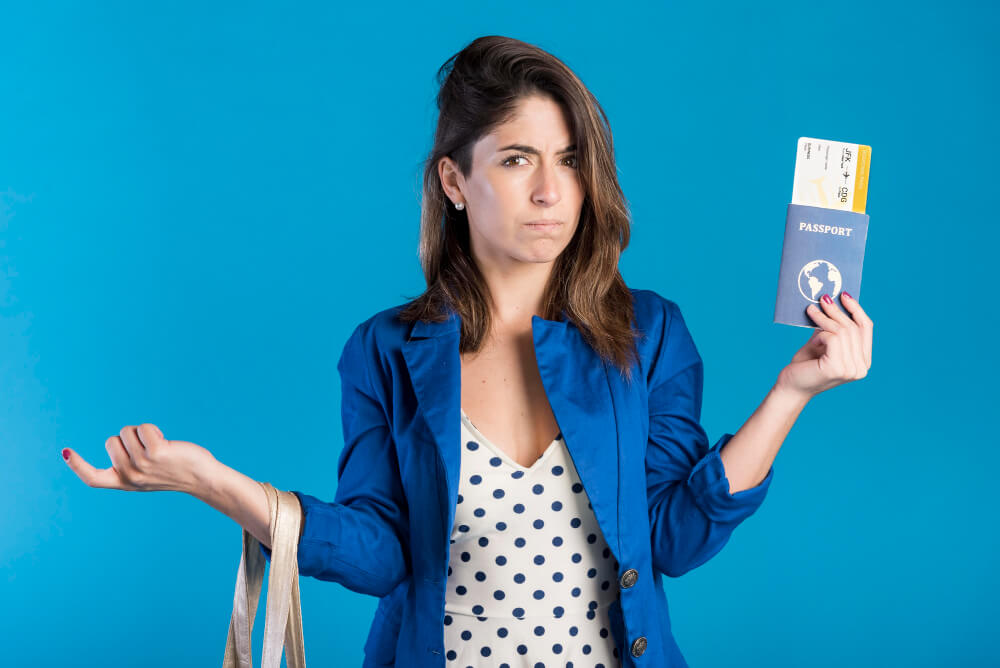
Facing a 214b visa rejection can feel like hitting a brick wall, but it’s not the end of your dreams to study abroad. Think of it as a temporary setback, much like failing a level in your favourite video game — you can always try again with a better strategy.
Here’s a step-by-step guide on what to do next.
- Understand the Reason for Rejection
First, take a deep breath and carefully review the reason for your rejection. The consular officer would have provided a form explaining why your visa was denied under section 214b. Common reasons include the following.
- Insufficient ties to your home country
- Inadequate financial documentation
- Inconsistent information
- Strengthen Your Application
Based on the feedback, identify areas where your application can be improved.
- Show Strong Ties to Your Home Country: This could mean providing additional documentation such as property deeds, employment letters, or academic enrollment records.
- Improve Financial Evidence: Make sure you have clear, documented proof of funds to cover your studies. Avoid last-minute large transfers that might raise suspicion.
- Consistency is Key: Ensure all information in your application and during the interview is consistent and accurate.
- Seek Professional Advice
Consider consulting with your university's international student office or an immigration lawyer. Professional guidance can help you better understand the specific reasons for your rejection and how to address them effectively.
If you are dealing with the complexities of a 214(b) visa rejection, Leapscholar offers expert visa help services. Their guidance can significantly enhance your application, ensuring all critical details are accurately presented and improving your chances of success.
- Re-apply with Confidence
You can re-apply for the visa after understanding what is a 214b visa rejection and addressing the issues highlighted in your rejection. Be prepared to pay the visa application fee again and go through the interview process.
Ensure your new application is stronger, with all the necessary documentation and a clear demonstration of your intent to return to your home country after your studies.
- Stay Positive and Persistent
A visa rejection is not the end of your journey. Many students face rejections initially but succeed in subsequent attempts after understanding what is a 214b visa rejection. Keep a positive attitude, learn from the experience, and prepare thoroughly for your next application.
How to Re-Apply After a 214b Visa Rejection?
Did you know? U.S. universities enrol nearly 2,69,000 students from India each year. You have a chance to join this thriving academic community and make your mark. Despite a 214b visa rejection, your dream of studying in the U.S. is still within reach.
Many applicants find success on their second attempt. Understanding where things went wrong and making the necessary adjustments can significantly increase your chances of approval. Time to explore how you can successfully re-apply and secure your place among these ambitious scholars.
Here is an overview of the requirements to gather before you re-apply.
| Category | Documents Needed |
| Financial Documents | 3-6 months of bank statements with at least INR 8.3L (USD 10k) in savings Scholarship letters or financial aid documents Proof of income for sponsor (recent six months pay stubs, tax returns) Property deeds or valuation documents Affidavit of Support from sponsor |
| Ties to Home Country | Employment letter (details on position, salary, and prospects) Property ownership (deeds, mortgage statements) Family ties (marriage, birth certificates) |
| Academic Credentials | Acceptance letter from a U.S. institution TranscriptsDetailed study plan or statement of purpose |
| Language Proficiency | TOEFL: 79 to 100IELTS: 6.5+ |
| Consistency and Accuracy | Corrected and updated DS-160 form |
| Previous Rejection Explanation | Explanation letter addressing previous rejection Note down how the issues are rectified |
If you need assistance with your Statement of Purpose (SOP), Leapscholar provides thorough SOP review services. This ensures your SOP is compelling and well-crafted, showcasing your strengths and intentions to the visa officers effectively.
- Submitting a New Application
After receiving a 214b visa rejection, the first step is to submit a new visa application. This process involves completing a new DS-160 visa application form online on the U.S. Department of State's website.
There is no specific deadline to submit the new application, but it is recommended to do so as soon as possible to avoid further delays.
- Preparing for the Interview
The visa interview is your chance to make a personal connection and present your case directly.
Here are some tips to help you succeed.
- Honesty is crucial during the interview. Any false information can lead to immediate rejection or future visa issues. Stick to the facts and provide straightforward answers.
- Avoid long, rambling responses. Consular officers appreciate clear, concise answers that get straight to the point. Practice summarising your responses to common questions in a few sentences.
- Be prepared to explain why you chose your specific program and institution. Highlight how this aligns with your career goals and personal interests.
- Demonstrate your ability to finance your education and living expenses without working illegally in the U.S. Be ready to discuss your sources of funding and provide supporting documentation.
- Have all your supporting documents neatly organised in a folder or portfolio. This demonstrates your preparedness and makes it easier to find and present information when requested.
- It's natural to feel nervous, but try to remain calm. Take deep breaths if you feel anxious, and remember that the consular officer is there to assess your eligibility, not to intimidate you.
Visa processing takes approximately 8 to 13 weeks from the date the Embassy receives your application, so get ready to mark those calendars and start the countdown to your study abroad journey!
Conclusion
Now that you have understood what is 214b visa rejection even though you may feel like failing a test you thought you aced — it’s frustrating and confusing, but you know it’s definitely not the end of the world.
By understanding why it happened, improving your application, and being thoroughly prepared for your next interview, you can turn things around. Think of it like getting extra lives in a video game — you now know the tricks and traps, and you’re ready to conquer the level.
Keep your spirits high and your paperwork higher because your dream of studying in the U.S. is still within reach. Think of the visa officer as your toughest professor — you just need to show them you’re serious about your studies and not just there for the pizza parties.
Remember, the cost of studying in the U.S. ranges from INR 5L to 45L per year (USD 7k to 55k), so demonstrating your financial preparedness is crucial. With determination and the right approach, you'll be on your way to acing that visa interview and getting on your academic journey.Ready to make your dream a reality? Get into your dream university with LeapScholar — book a consultation now and get back on track!
Frequently Asked Questions
-
Q. What is a 214b visa rejection, and why does it happen?
Ans. A 214b visa rejection occurs when a consular officer believes you do not meet the necessary criteria for the visa category, as outlined in the Immigration and Nationality Act (INA) of the United States. This often happens due to insufficient ties to your home country, inadequate financial proof, or incomplete documentation. In 2023, the U.S. consular team in India issued over 140,000 student visas, but there were still a significant number of rejections. Understanding the specific reason for your rejection is key to addressing the issues in your re-application and improving your chances of success.
-
Q. What is a 214b visa rejection based on insufficient ties to the home country?
Ans. A 214b visa rejection for insufficient ties means the consular officer was not convinced you would return to your home country after your temporary stay in the U.S. This clause is significant as it helps maintain the integrity of the U.S. immigration system.
To avoid this, provide strong evidence of family connections, property ownership, and employment in your home country. For instance, showing ownership of an apartment in Mumbai worth INR 1Cr (USD 130k) or providing a letter from your employer detailing your position and salary can demonstrate your intent to return. -
Q. What is a 214b visa rejection due to financial proof issues?
Ans. A 214b visa rejection due to financial proof issues occurs when you fail to demonstrate adequate financial support for your stay in the U.S. The consular officers need to ensure that you can support yourself without resorting to unauthorised work.
Ensure you provide recent bank statements showing at least INR 8.3L (USD 10k) in savings, scholarship letters, and affidavits of support from sponsors to prove your financial stability. Avoid last-minute large transfers, as these can raise suspicion about the legitimacy of the funds. -
Q. What is a 214b visa rejection because of unclear travel intentions?
Ans. A 214b visa rejection due to unclear travel intentions happens when your reasons for visiting the U.S. are ambiguous or unconvincing. Clearly articulate your study or travel plans and how they align with your long-term goals.
For instance, explain how your Master’s in Business Administration at Harvard will enhance your career prospects back home in India. Providing a detailed study plan or statement of purpose can help clarify your intentions. -
Q. What is a 214b visa rejection related to incomplete or inaccurate documentation?
Ans. A 214b visa rejection can result from submitting incomplete forms or incorrect information. Double-check your application for accuracy and completeness, and ensure all documents are up-to-date and correctly filled out to prevent this issue. Inconsistent information between your application and your interview responses can raise red flags and lead to rejection. Make sure all your statements are consistent and truthful.
-
Q. What is a 214b visa rejection linked to previous immigration violations?
Ans. If you have a history of overstaying a visa or other immigration issues, you might face a 214b visa rejection. Consular officers closely scrutinise applicants with previous violations to ensure they will comply with visa regulations in the future.
Be transparent about your past, and provide the necessary documentation to clarify any previous violations. Demonstrating that you have strong ties to your home country and clear plans to return can help mitigate this risk. -
Q. What is a 214b visa rejection due to inconsistent information?
Ans. Inconsistent information between your application and interview responses can lead to a 214b visa rejection. Consular officers look for consistency and honesty in their statements. Ensure all your statements are consistent and truthful across all forms and during the interview to avoid raising red flags.
For example, if your application states you are employed at ‘XYZ’ Company, but you mention a different employer during the interview, this discrepancy can lead to rejection. -
Q. What is a 214b visa rejection, and how can you avoid it?
Ans. To avoid a 214b visa rejection, thoroughly prepare your application with strong evidence of ties to your home country, sufficient financial proof, and clear intentions for your visit. Practising for the interview and consulting with an immigration advisor can also help.
Ensure all your documentation is complete and accurate. Understand common pitfalls and address them proactively. For example, if your financial documentation was insufficient, gather more robust evidence for your re-application. -
Q. What is a 214b visa rejection for first-time travellers?
Ans. First-time travellers might face a 214b visa rejection if they cannot demonstrate sufficient reasons to return to their home country. Providing strong evidence of employment, family ties, and financial stability can help mitigate this risk.
For instance, if you have a job offer waiting for you after your studies or own property in your home country, providing documentation of these ties can strengthen your application. Understanding what is a 214b visa rejection and preparing accordingly can help first-time travellers avoid common mistakes. -
Q. What is a 214b visa rejection, and how should you re-apply?
Ans. After receiving a 214b visa rejection, review the reasons provided and address them in your re-application. Strengthen your documentation, provide additional evidence, and consider waiting three to six months before re-applying to show significant improvement.
During this time, gather stronger evidence of ties to your home country, improve financial documentation, and prepare thoroughly for the interview. Consulting with an immigration lawyer or advisor can provide personalised guidance to enhance your re-application. -
Q. What is a 214b visa rejection's impact on future applications?
Ans. A 214b visa rejection does not permanently bar you from obtaining a U.S. visa. It simply means that, at the time of your interview, the consular officer was not convinced of your eligibility. You can reapply after addressing the reasons for rejection and providing stronger evidence.
With improved documentation and a clear demonstration of your ties to your home country, you can improve your chances of success in future applications. -
Q. What is a 214b visa rejection, and who can help?
Ans. If you are unsure about any aspect of a 214b visa rejection, seeking help from an immigration lawyer or advisor can be beneficial. They can provide personalised guidance, review your application, and help you prepare for the interview to enhance your chances of approval.
A study found that the approval rate for applications filed by lawyers was 87%, compared to 63% for those filed by individuals. This highlights the importance of professional assistance in navigating the complexities of the visa application process.
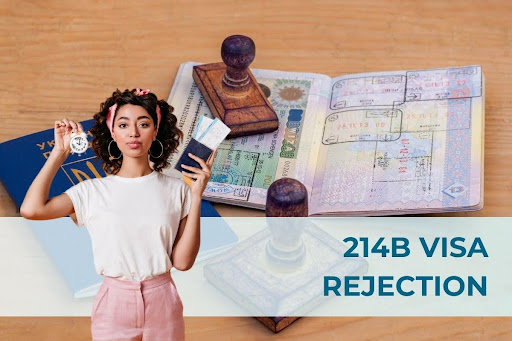

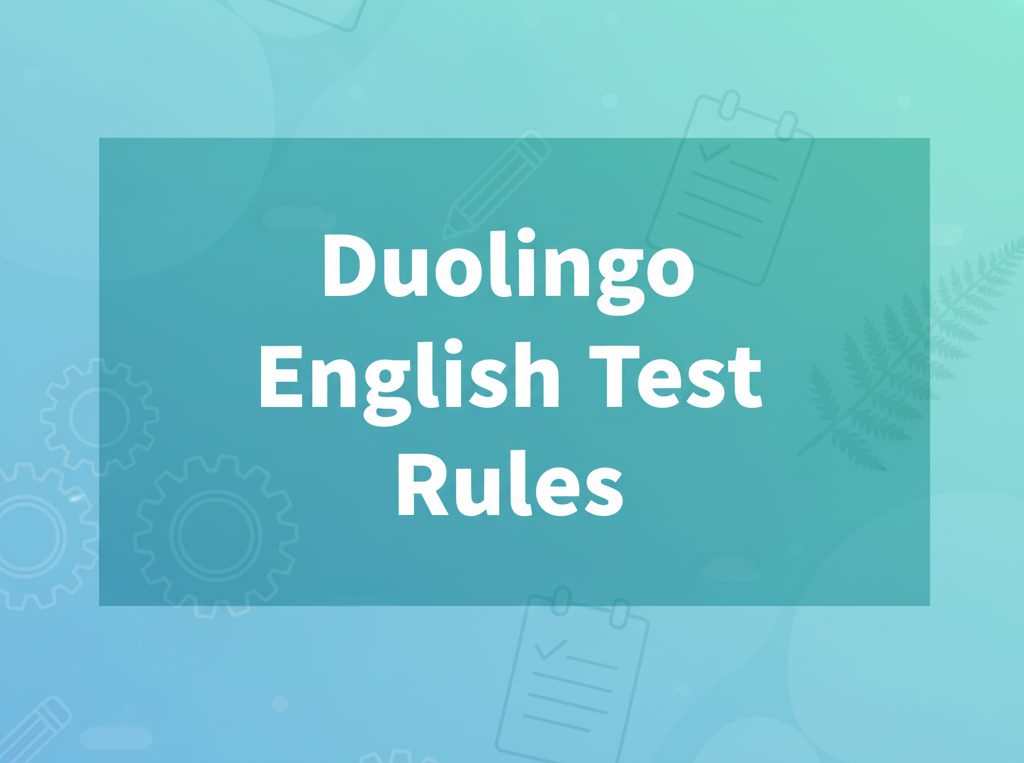
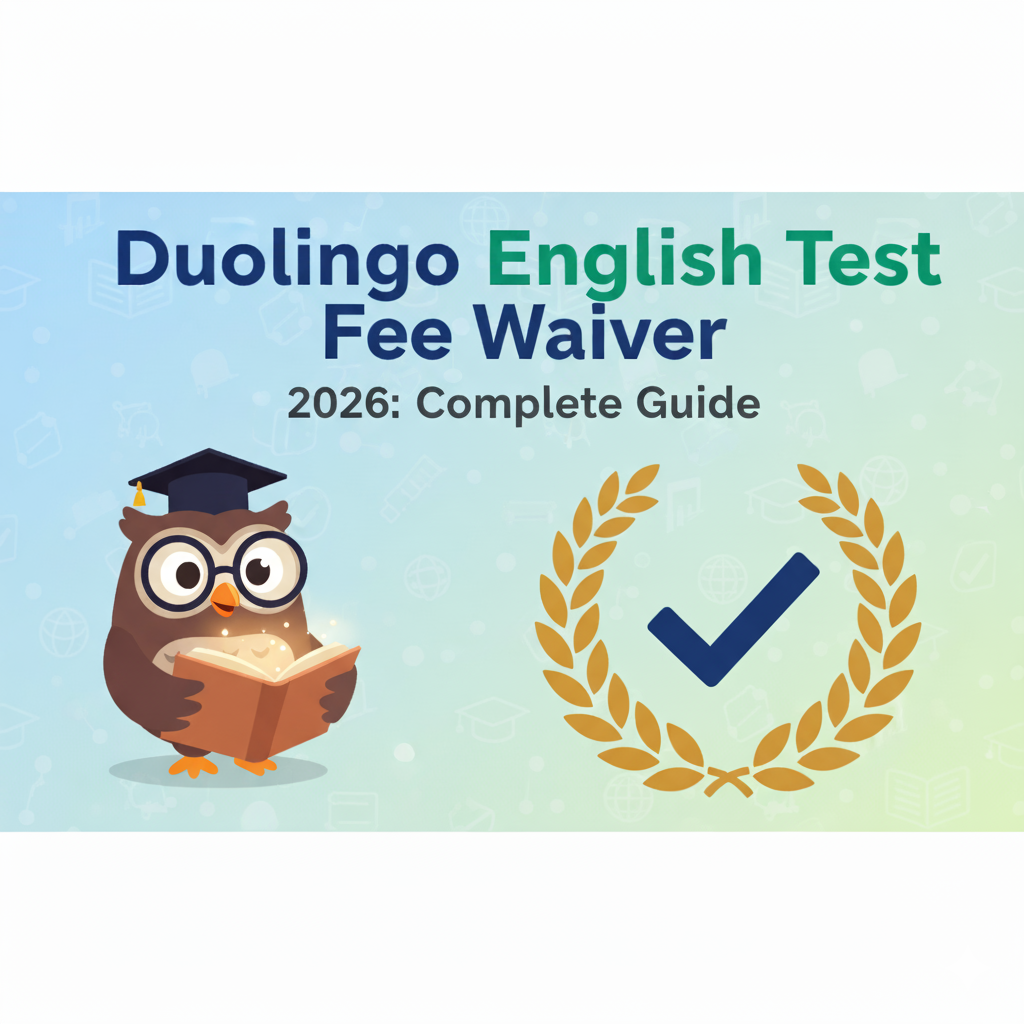

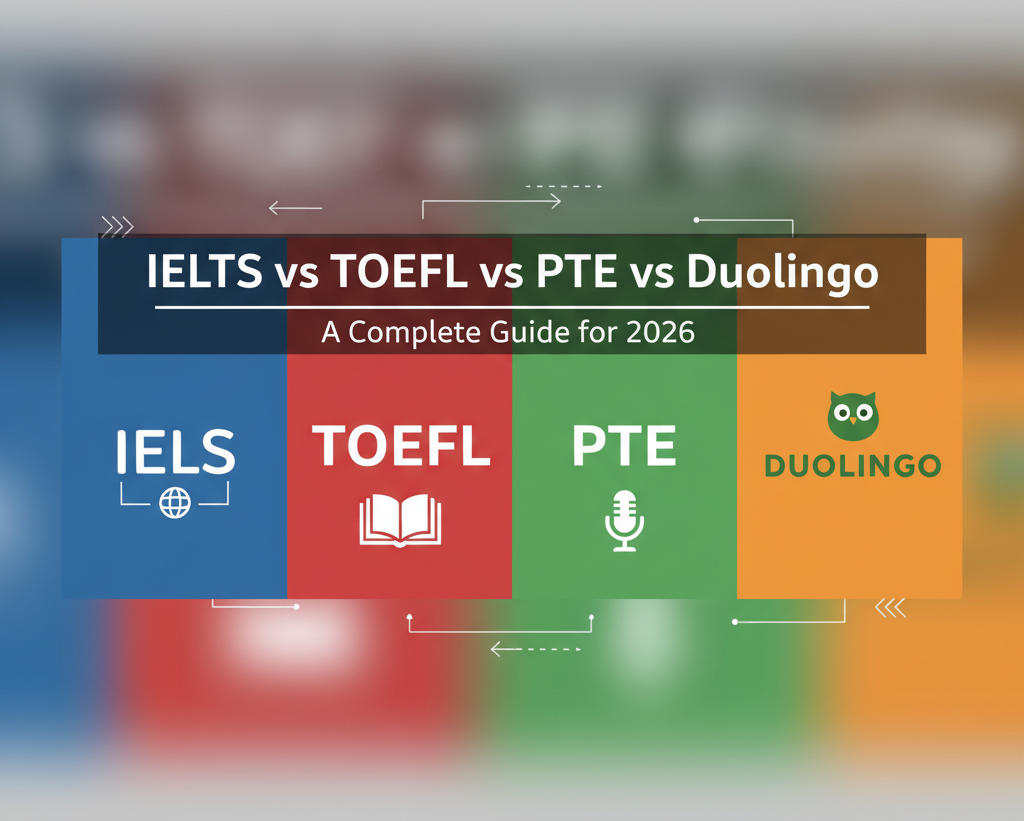
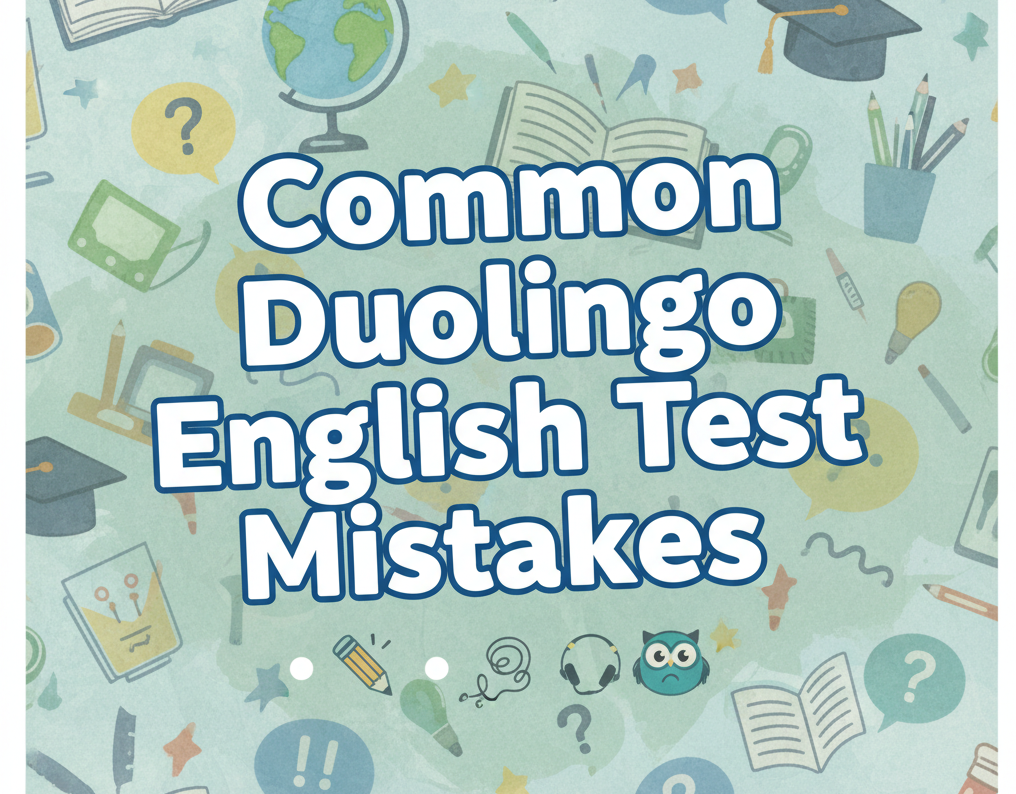

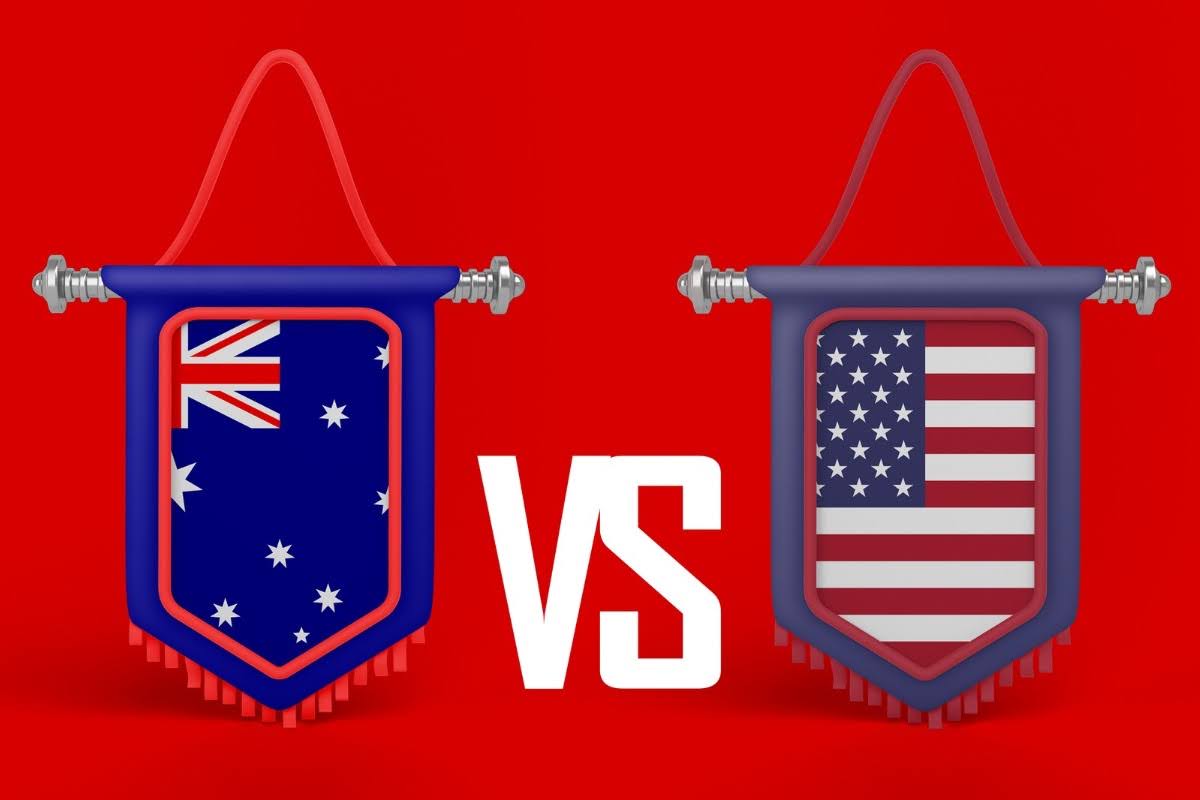
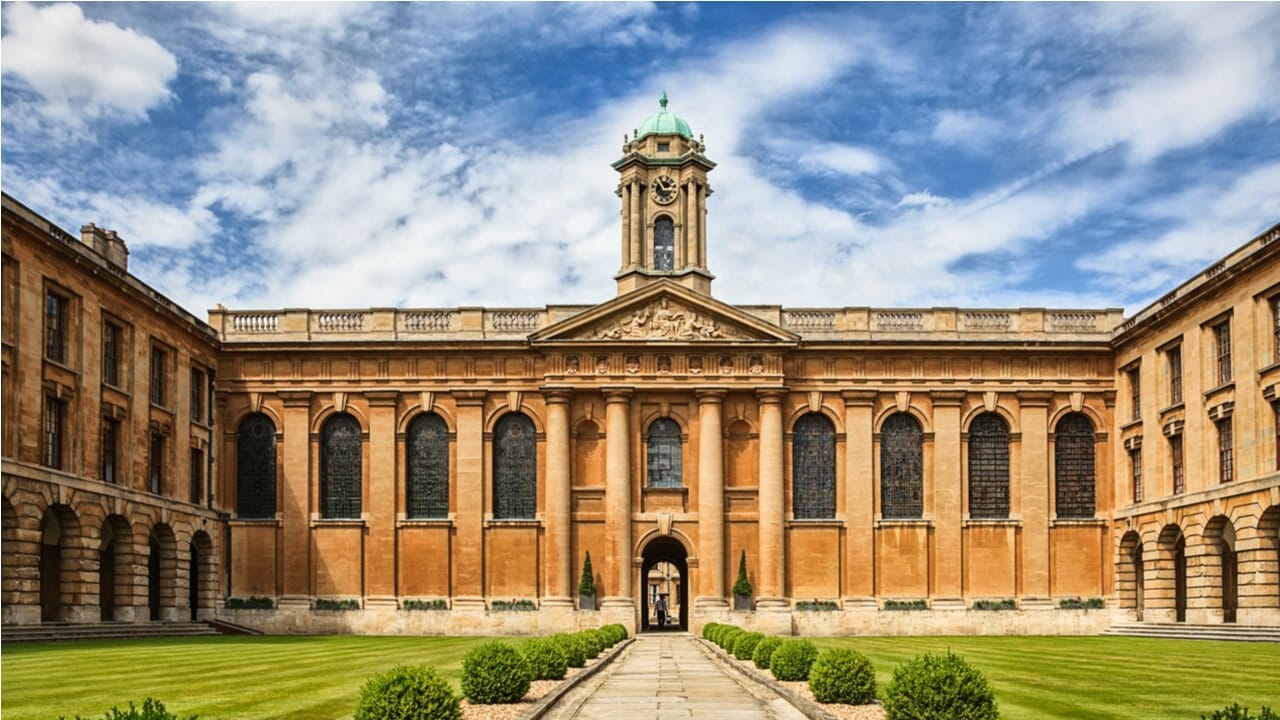

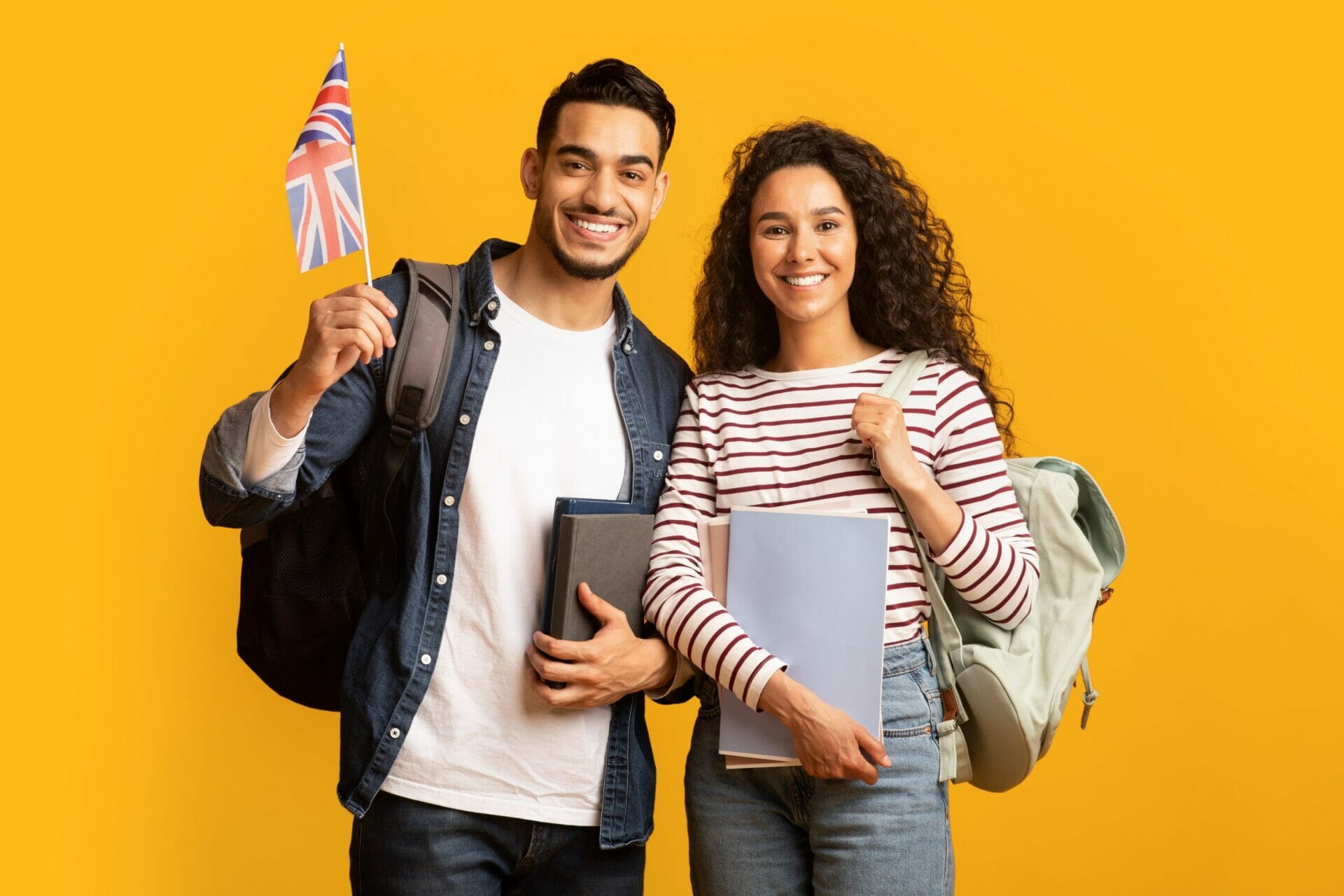
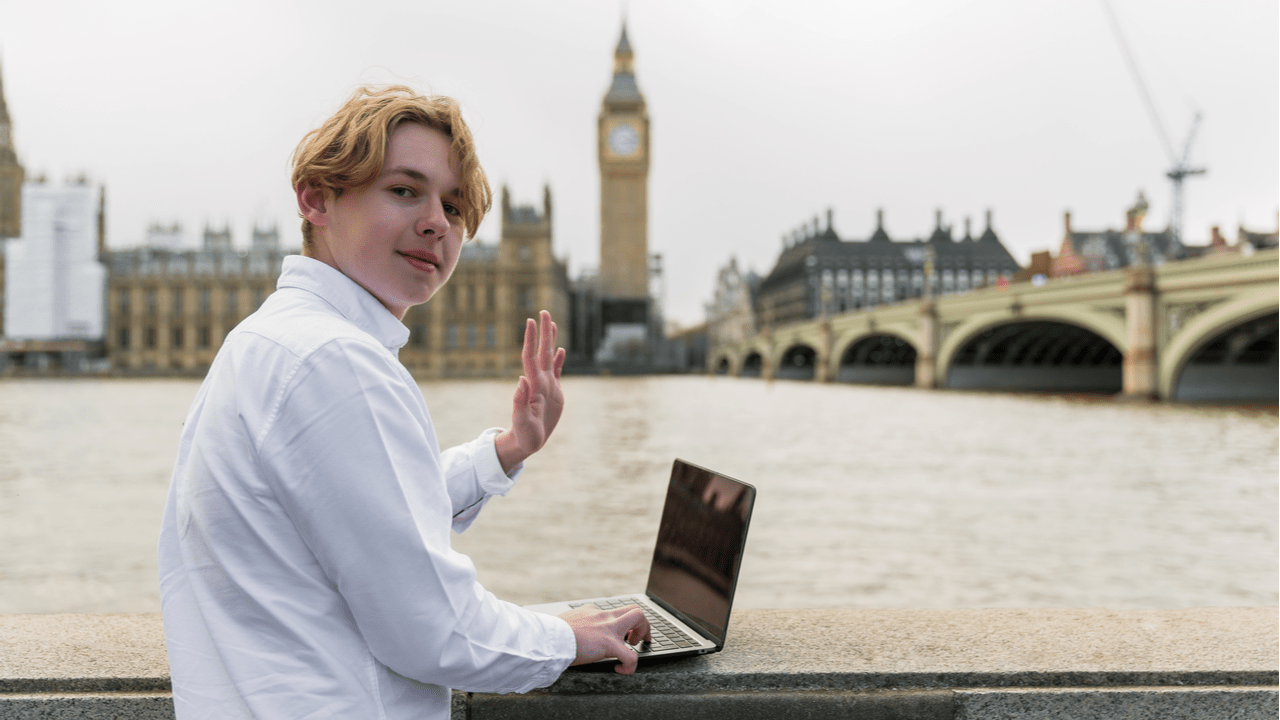


Have Questions? Get Guidance to reach your Dream University
Connect with India's finest counsellors and biggest study abroad community.
Get Guidance